Neal Auction Company's Sale of Writer Julia Reed's Estate Is A Dream for Collectors
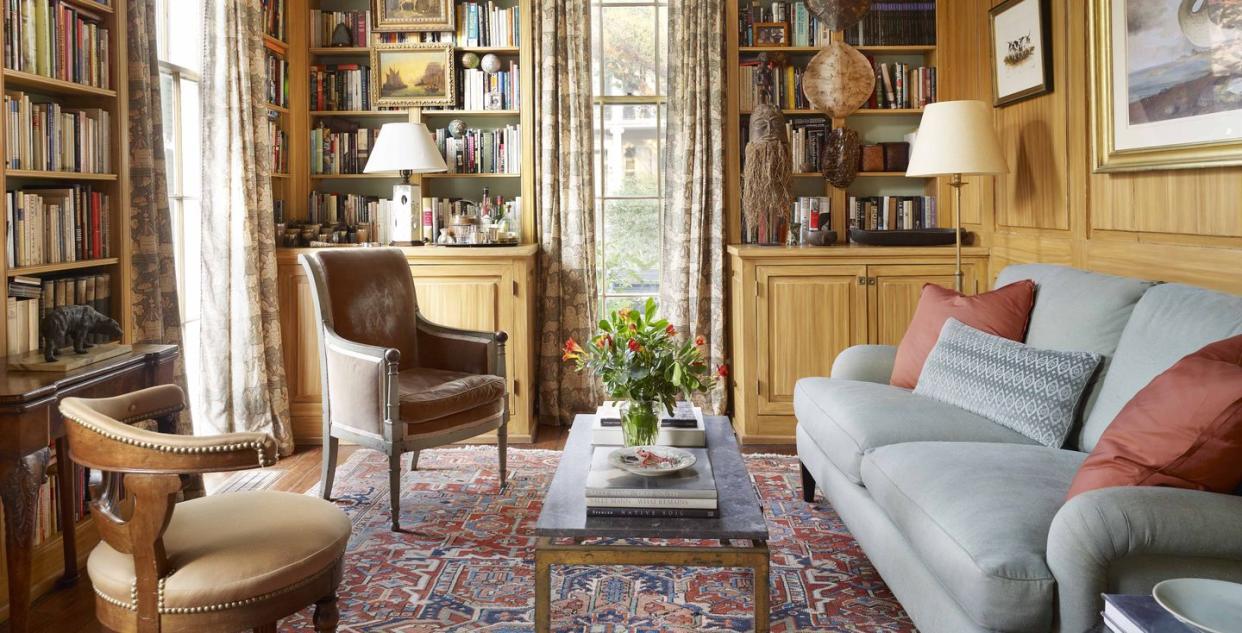
- Oops!Something went wrong.Please try again later.
- Oops!Something went wrong.Please try again later.
Only the good die young. If Billy Joel is right, Julia Reed may have been one of the best. The Greenville, Mississippi, native led an exuberant life that ended all too soon when she died of cancer in August 2020 at age 59, having touched the lives of so many others along the way with her widely-published stories about fashion, politics, design and everything in between—not to mention with her well-attended parties and many, many friendships.
But while Reed was best known for her writing and entertaining prowess, it was perhaps her charitable work with nonprofit organizations that provide the things she valued most—a comfortable home and a beautiful, healthy environment, quality education, nourishing food, and opportunities for creativity—that was most rewarding to her.
Reed's philanthropic legacy lives on in a trust she created before she died, the Julia Evans Reed Charitable Trust, the trustees of which direct funding to various nonprofits with which Reed worked, such as the Link-Stryjewski Foundation and the Greenville Arts Council, and additional organizations that support causes to which Reed was committed.
"Julia was one of the most generous people I've ever known," says Keith Meacham, Reed's close friend and business partner in Reed Smythe & Company and chair of Reed's Charitable Trust. "That generosity was evident in the way she entertained, setting a lavish table and cooking delicious food for people she loved, people passing through town—it didn't matter who you were. She just loved bringing interesting people together and was always delighted when people formed new friendships at her table. She used her extraordinary gift of gathering people in service to philanthropy."
"In her last years, Julia was intently focused on good works in her native Mississippi Delta, and she single-handedly transformed the Delta Hot Tamale Festival into a charitable event that raised thousands and thousands of dollars for education, housing, the arts, and revitalization. She did that by bringing people from all over the world to Mississippi, a place she loved so much and where there is so much need," says Meacham, adding: "It's such an honor for me to serve on the board of her Charitable Trust and to continue what Julia started: gathering people together in support of something bigger than ourselves."
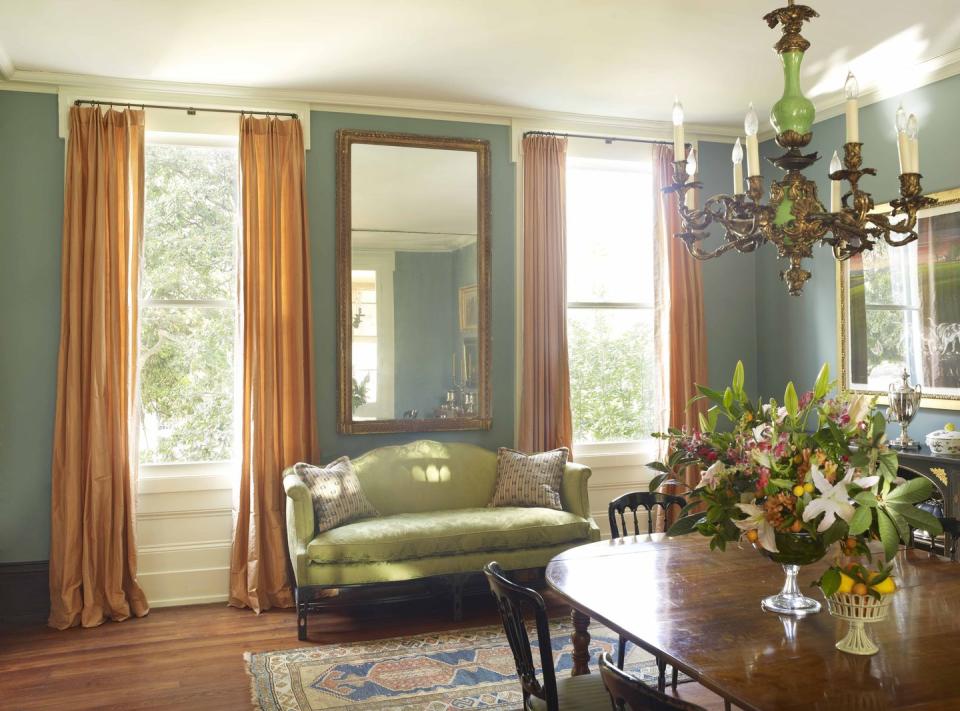
To benefit the Reed Charitable Trust, Neal Auction Company of New Orleans is hosting a sale of Reed's estate on Feburary 5 in a one-day online sale. The sale includes furniture and lighting, artwork, tableware and barware, and jewelry that were beloved by Reed and featured prominently in her New York, New Orleans, and Mississippi Delta homes.
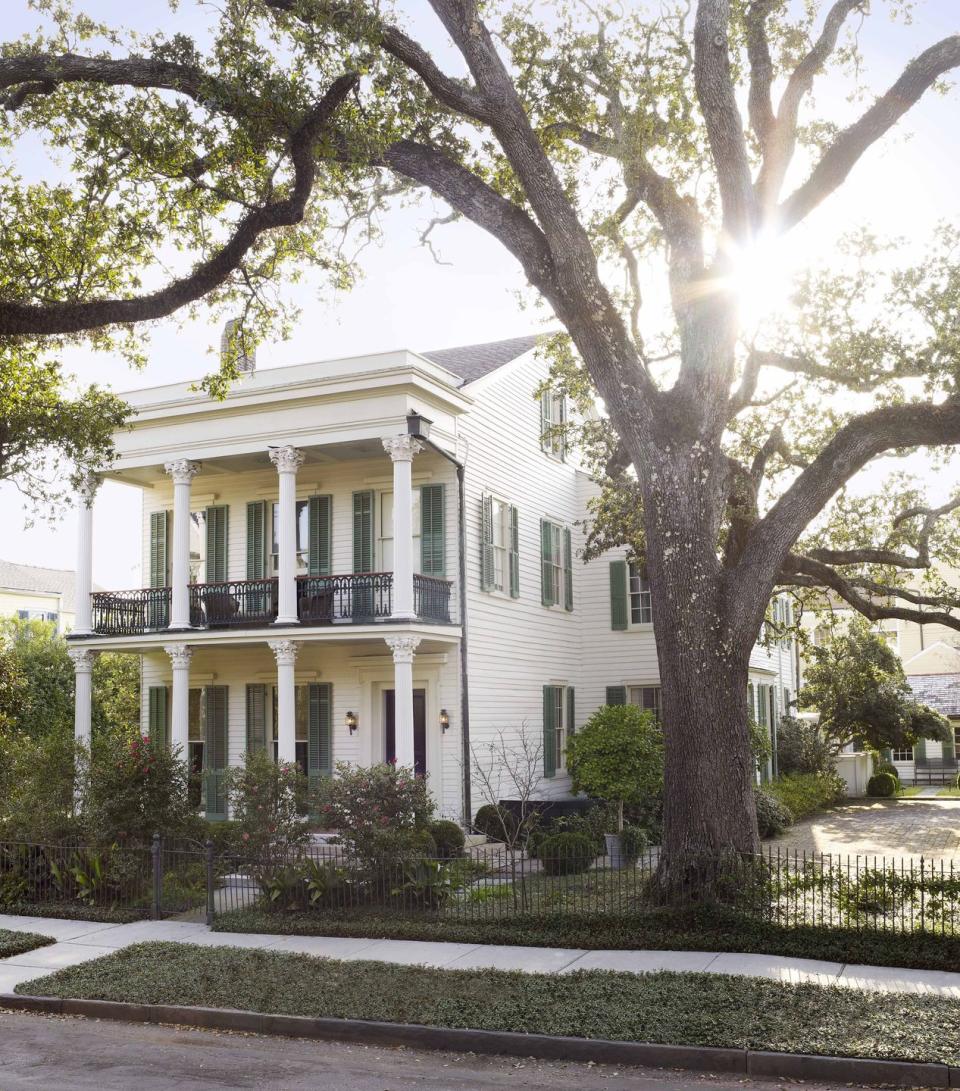
Neal's auction of Reed's estate "includes some major moments from Julia's collection, including 'Portrait of a Young Cricket Player,' which was dear to her, the secretary from her library, and art and natural history items that reflect her love of the natural world," says designer Thomas Jayne, of Jayne Design Studio, who decorated Reed's New York apartment and New Orleans home on First Street.
"Above all else, people were core and essential to Julia's life, and her decorating followed suit," Jayne says. "She was deeply influenced by her grandmother's houses in Nashville. She was sentimental, and her rooms and things had a lot of sentiment."
Sentiment surrounding her family history pervaded the collaboration between Reed and Jayne over her New Orleans home as the pair began discussing how the interiors should be designed. "Julia's grandmother's house had been decorated by Herbert Rodgers, who had hired Albert Hadley as an assistant. I had worked for Hadley earlier in my career, and there I was working for Julia, discussing how we could emulate what Herbert had done for her grandmother with the green walls and the yellow curtains. She wanted to use her grandmother's furniture and things, but also bring them forward," says Jayne.
Beyond family heirlooms, nearly every item in Reed's beautifully layered homes held significant and personal value to her, and most came with a story attached. That may be because Reed truly had a knack for always being at the center of the action: if there was a story to be told, she was there; and the same often worked in reverse: if she was there, there was usually a story to be told.
Thanks to the items that filled them and the larger-than-life personality behind their curation, Reed's rooms exuded the same lively, poetic, and meaning-filled tone as any of her stories. "Julia always insisted that the best houses were those that were decorated over time, and reflected years and years of collecting, foraging, considering a room's use, and waiting for the perfect piece to present itself. She talked a lot about 'layering' and how the effect of layering gave a room its soul," says Meacham.
Reed also embraced a high-low attitude towards collecting, placing items she found in her garden right next to pieces with more distinguished provenance. "She would put bird's nests found in her garden next to fine pieces of colored porcelain all nestled in her bookshelves that were filled with a life's collecting of novels, political history, art and design books and of course cookbooks," recalls Meacham. "She had loads of china and silver, but unlike so many people, she used them every day. She didn't believe that there should be an 'every day china.' China was china."
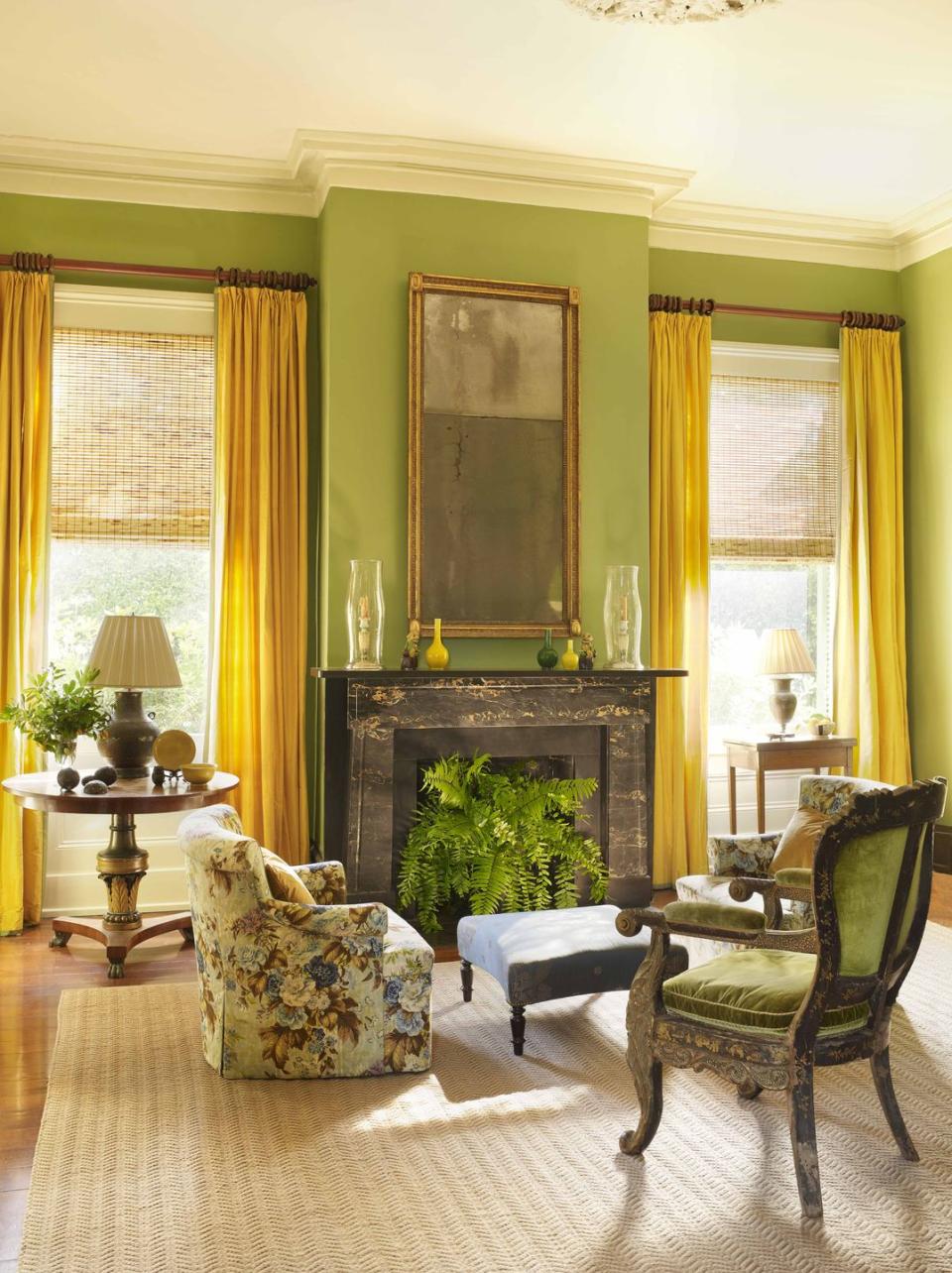
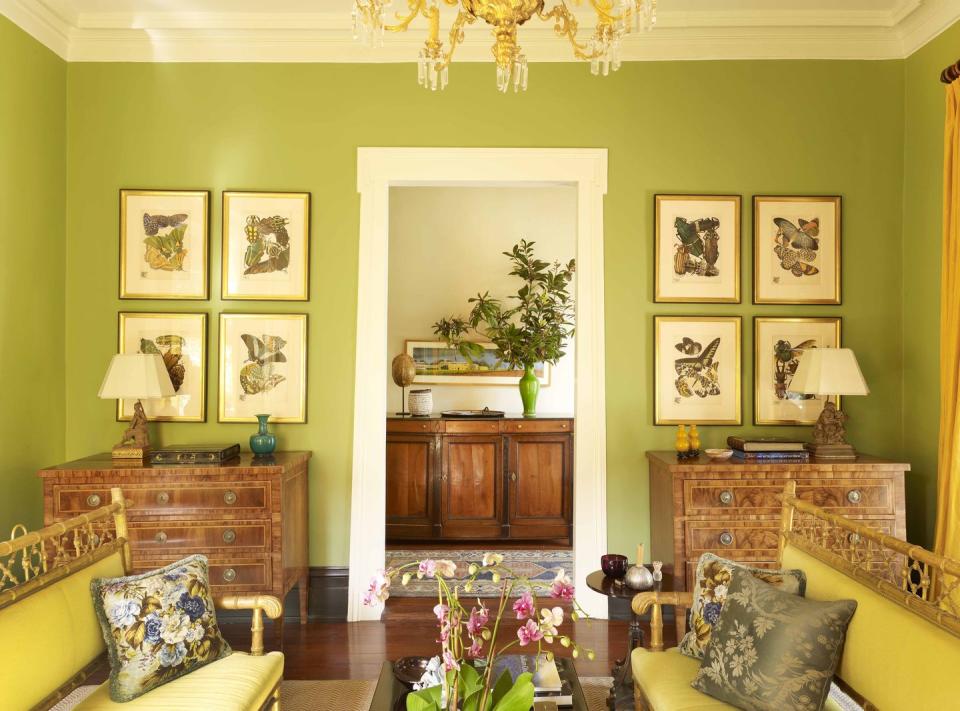
According to Jayne, Reed's love travel was apparent inside her homes. "She went to London a lot, and she really seems to have embraced the Bennison-Anglo look with her carpets and slipcovers in the Delta long before others did here. Her homes had such a sense of atmosphere and personal style that's just impossible to contrive."
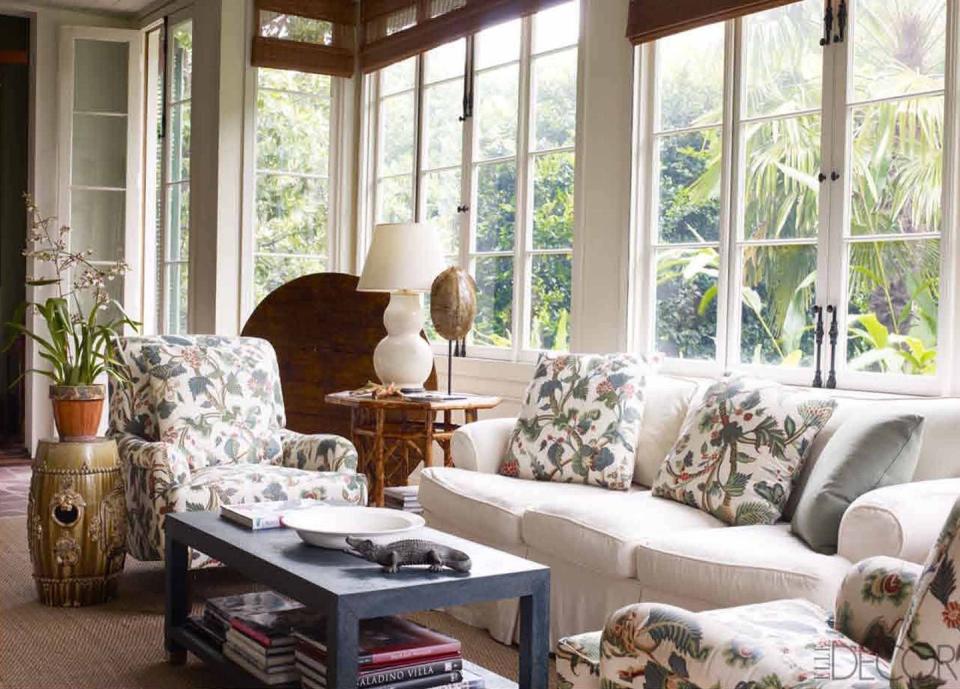
More important to Reed than beauty or provenance, however, was the purpose of the things she collected. "Things weren't just things to Julia. They were used in service to her inimitable hospitality:to create a space that welcomed in the people she loved, to gather them around a table, and to create opportunities for laughter and friendship and memories," says Meacham.
Find the complete catalogue for the Reed Estate auction, here.
You Might Also Like

